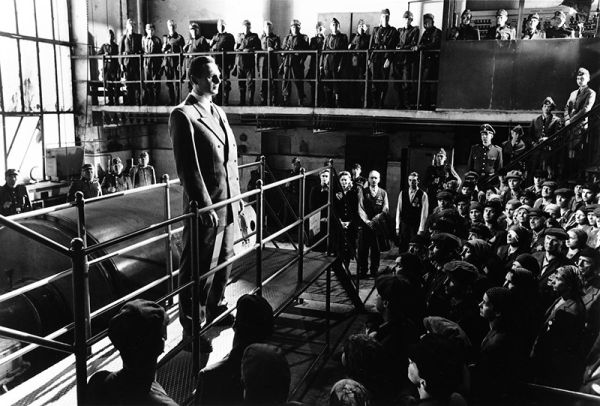USC Shoah Foundation’s collection of nearly 59,702 video testimonies of Holocaust survivors and witnesses amounts to the largest archive of its kind in the world, and it continues to grow.
Covering a wide-array of experiences and topics, the collection includes interviews with Jewish survivors, homosexual survivors, Jehovah’s Witness survivors, liberators and liberation witnesses, political prisoners, rescuers and aid providers, Roma and Sinti (Gypsy) survivors, survivors of Eugenics policies, and war crimes trials participants.
The Institute recorded the vast majority of the Holocaust testimonies in the Visual History Archive during its formative years. Between 1994 and 1999, the Survivors of the Shoah Visual History Foundation — now USC Shoah Foundation — exceeded the goal of founder Steven Spielberg to collect 50,000 Holocaust interviews.
The Institute is now committed to expanding its Visual History Archive and becoming a digital repository for other audiovisual Holocaust survivor and witness testimonies.
Preserving the Legacy
Through a program called Preserving the Legacy, USC Shoah Foundation digitizes, indexes, and integrates into the Visual History Archive Holocaust testimony taken and owned by other museums and institutions to make them more accessible to scholars, students, educators, and the general public. Efforts are underway to collect as many as 3,000 new life stories in this fashion.
The North Africa and Middle East Project
The Institute is also in the midst of a campaign to record at least 50 testimonies from the North Africa and Middle East region, where the Nazi regime had gained a foothold during World War II.
New Dimensions in Testimony
USC Shoah Foundation has also partnered with USC Institute for Creative Technologies and Conscience Display to conceive and design a cutting-edge technology called New Dimensions in Testimony, which enables people to interact with a projected image of a real Holocaust survivor, who responds to questions asked in real time.
With this endeavor, a handful of Holocaust survivors who have already sat before a camera for USC Shoah Foundation’s Visual History Archive are giving testimony again. This time, however, they sit before 50 cameras arranged in a rig to capture a three-dimensional recording of them telling their stories in a new way, by answering questions that people are most likely to ask. Funding for New Dimensions in Testimony was provided in part by Pears Foundation and Louis. F. Smith.
To support any of these ongoing projects, please contact Dornsife Advancement at (213) 740-4990 or [email protected].
Yes